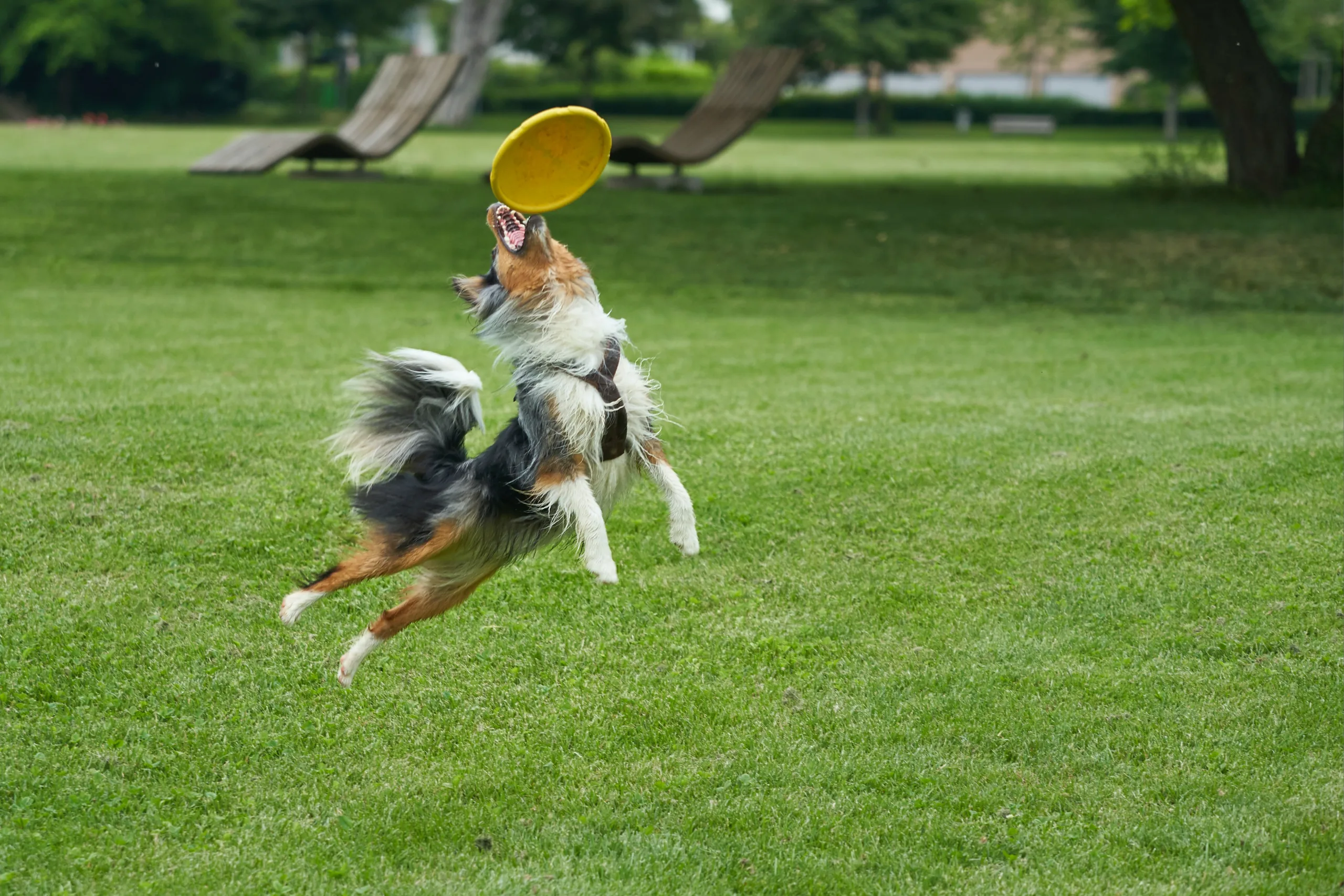Introduction:
As dog owners, it’s essential to be aware of various health conditions that can affect our furry friends. One such condition is “Stud Tail,” a common but often overlooked issue in dogs. In this article, we will explore what stud tail is, its causes, symptoms, diagnosis, and various treatment options, including natural remedies to provide your canine companion with the best care possible.
For more about dogs click here
What is Stud Tail?
Stud tail, also known as tail gland hyperplasia, is a condition that primarily affects male dogs, especially those that are intact or unneutered. It occurs due to the overactivity of the sebaceous glands located at the base of the tail. These glands secrete an oily substance that helps lubricate the skin and hair. However, when these glands become overactive, they can produce an excessive amount of oil, leading to various skin issues.
Causes of Stud Tail:
Several factors contribute to the development of stud tail in dogs. Understanding these causes can help prevent and manage the condition effectively.
Hormonal Imbalance:
One of the primary causes of stud tail is a hormonal imbalance, especially the androgen hormone. Unneutered male dogs, or those with high levels of androgen, are more prone to this condition.
Overactive Sebaceous Glands:
The sebaceous glands play a crucial role in keeping the skin and coat healthy. However, when these glands become overactive, they produce excess oil, leading to greasiness and skin problems around the tail area.
Poor Hygiene:
Lack of proper grooming and hygiene can exacerbate stud tail. When the tail area is not cleaned regularly, the accumulated oil and dirt can lead to skin irritation and inflammation.
Symptoms of Stud Tail:
Identifying the symptoms of stud tail can help you address the issue promptly. Look out for the following signs:
Oily and Greasy Tail Base:
The most noticeable sign of stud tail is the accumulation of oily and greasy substances around the base of the tail. The hair in this area may appear clumped and dirty.
Foul Odor:
Due to the excess oil production and bacterial growth, stud tail can cause a foul smell emanating from the tail region.
Redness and Inflammation:
In some cases, the affected area may become red and inflamed, causing discomfort and itchiness for the dog.
Diagnosis of Stud Tail:
If you suspect that your dog has stud tail, it’s crucial to seek veterinary advice for proper diagnosis and treatment.
Veterinary Examination:
A veterinarian will conduct a thorough physical examination of your dog, focusing on the tail area and the skin’s condition.
Skin Scraping or Biopsy:
In some cases, the vet may perform skin scraping or biopsy to rule out other skin conditions that may mimic stud tail symptoms.
Traditional Treatment for Stud Tail:
Treating stud tail involves addressing the underlying causes and managing the symptoms effectively.
Medicated Shampoos and Topical Treatments:
Vets often recommend using medicated shampoos or topical treatments to clean the tail area and reduce excess oil production.
Anti-inflammatory Medications:
If the stud tail causes inflammation or discomfort, the vet may prescribe anti-inflammatory medications to alleviate the symptoms.
Home Remedies for Stud Tail:
In addition to traditional treatments, some home remedies can be used to complement the veterinary care and provide relief to your dog.
Warm Compress:
Applying a warm compress to the affected area can help soothe the skin and reduce inflammation.
Apple Cider Vinegar Rinse:
Diluted apple cider vinegar can be used as a rinse to help regulate the oil production and maintain skin health.
Aloe Vera Gel Application:
Aloe vera has natural healing properties and can be applied to the affected area to promote skin healing.
Preventive Measures:
Taking preventive measures can help reduce the risk of stud tail and promote overall canine health.
Regular Grooming and Cleaning:
Maintaining proper grooming and hygiene, including regular tail cleaning, can prevent the accumulation of excess oil and dirt.
Proper Diet and Nutrition:
Ensuring a balanced diet with essential nutrients can contribute to healthy skin and coat.
Conclusion:
Stud tail is a common skin condition in male dogs, particularly those that are intact. Understanding its causes, symptoms, and available treatments, including natural remedies, can help you provide the best care for your furry companion. Regular veterinary check-ups and maintaining good hygiene practices will ensure your dog’s tail remains healthy and wagging happily.
FAQs:
- How do you treat a dog with a stud tail? Treating stud tail involves using medicated shampoos, topical treatments, and, if necessary, anti-inflammatory medications prescribed by a veterinarian.
- What causes stud tail? Stud tail is primarily caused by hormonal imbalances, overactive sebaceous glands, and poor hygiene.
- How do you treat stud tails naturally? Some natural remedies for stud tail include warm compress application, apple cider vinegar rinses, and aloe vera gel application.
- Is stud tail harmful? While stud tail is not life-threatening, it can cause discomfort and skin irritation if left untreated.
- When should I consult a veterinarian? If you notice any signs of stud tail or changes in your dog’s behavior, it’s essential to consult a veterinarian for proper diagnosis and treatment.
Click here for more
